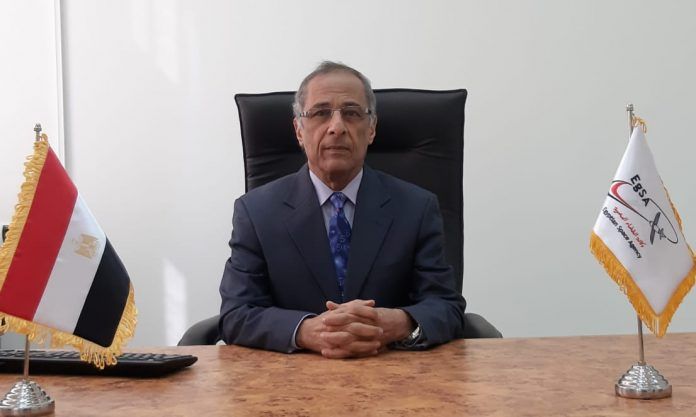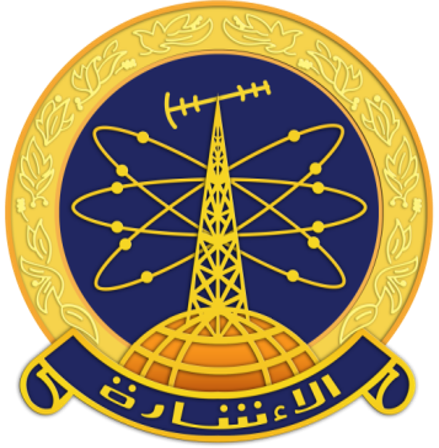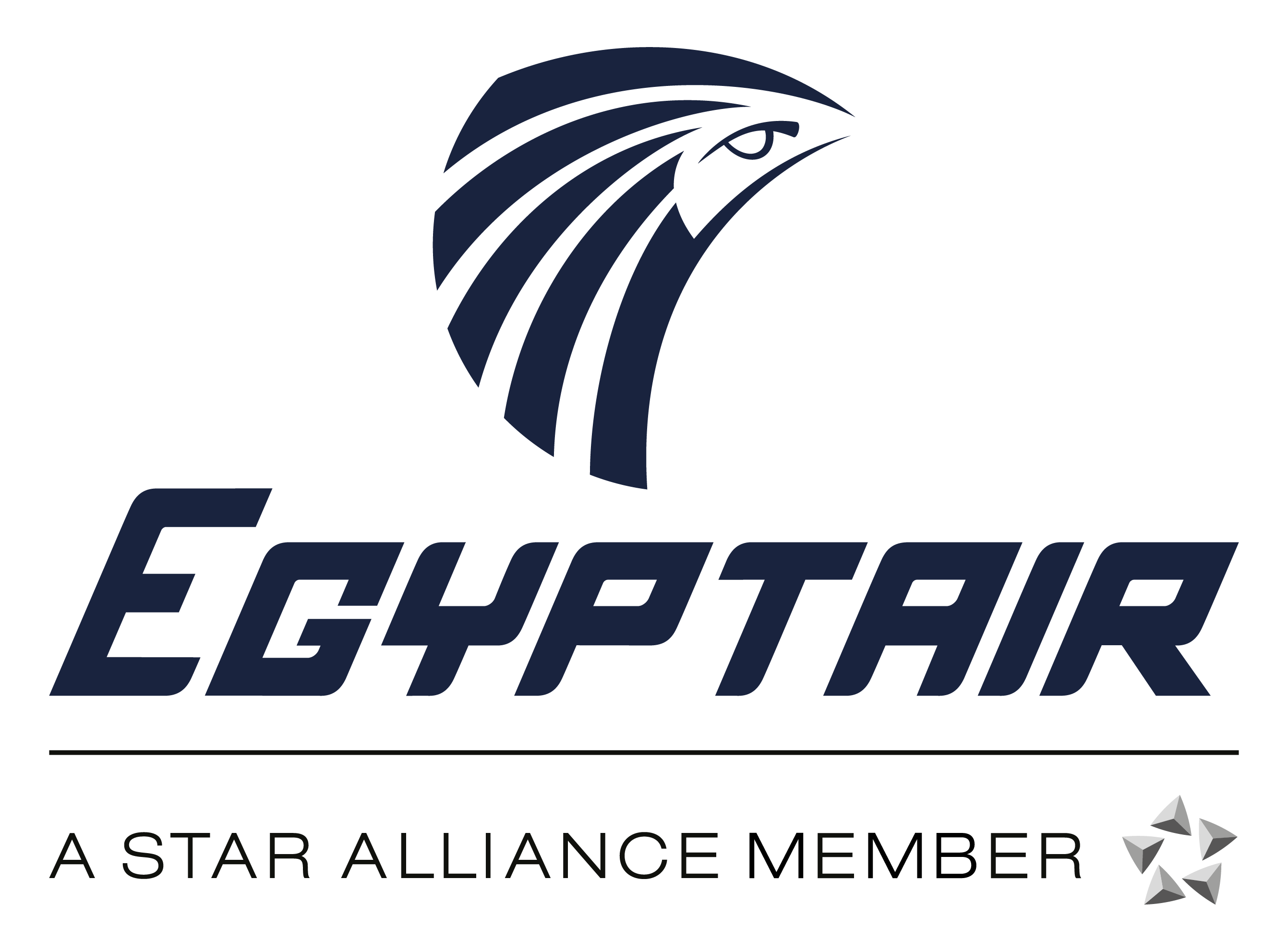Peek Into Egypt’s Growing Capacity In Space And The Approved 10-year National Space Program

In 2019, Egypt hit several milestones in its space-faring ambition and set new records in Africa for launching four satellites into space – the highest number launched by an African nation in a calendar year – bringing the total number of satellites launched by the North African nation to nine, including three communications satellite launched by its publicly-traded satellite operator NileSat.
To give a synopsis of the country’s milestones in the space sector in 2019, the year started with the endorsement of Egypt as the host of the African Space Agency at the 32nd Ordinary Session of the Assembly of the African Union which held at the African Union Headquarter in Addis Ababa, in February. The endorsement will propel Egypt’s ascension as the capital of AU’s continent-wide space programme.
Later in February, Egypt launched its high-resolution Earth observation satellite EgyptSat-A, a replacement for EgyptSat-2 which failed in April 2015 due to a dual failure in the flight control system, after only one year in orbit.
Egypt further launched two 1U Cubesats: NARSSCube-2 in July and NARSSCube-1 in September, both indigenously developed by Egyptian engineers at the National Authority For Remote Sensing & Space Sciences (NARSS).
In August, Egypt’s President Abdel-Fattah El-Sisi inaugurated a new board of directors for the Egyptian Space Agency (EgSA) which is headed by the Egyptian Prime Minister, with membership comprising of the Ministers of Higher Education and Communications, as well as the CEO of the Agency and the head of the scientific research academy. The Agency became fully operational with the successful upgrade and administrative transition of NARSS to become the Egyptian Space Agency.
In September, the Egyptian Space Agency signed a contract with China to commence the construction of satellite assembly, integrating and testing facilities in Egypt with the development of a new experimental satellite named MisrSat-II.
In November, Egypt launched TIBA-1, a state-owned civil communications satellite, and shortly, towards the end of the year, announced plans to fly an Egyptian astronaut to the International Space Station.
Egypt, in essence, beat expectations of analysts on its space sector growth in 2019, after some setbacks in previous satellite programmes. Interestingly, this year has started on a remarkable note with the Egyptian Space Agency proposing a new 10-year national space programme, and a national space law in the works. The new space plan has been presented to the relevant government ministries in Egypt and has garnered inputs that shaped the final version which was recently approved. Egypt’s Space Council has also recently approved the draft space law according to media disclosures after EgSA’s board of directors met last week.
In a recent interview with Space in Africa, the CEO of the Egyptian Space Agency, Dr Mohamed ElKoosy discusses Egypt’s growing capacity in space and provides a sneak peek into the recently-approved 10-year National Space Programme. Below are some extracts from the interview.
We have seen rapid growth in interest in space in Egypt in the past few years, particularly in 2019 with the launch of four satellites into space and inauguration of the Egyptian Space Agency. What is the rationale behind Egypt’s growing interest in space?
I must say launching or working in the space industry is not a luxury for any country, nowadays. I can say it is mandatory. Egypt is one of the leading countries in Africa and the Arab region. Egypt has a long history of working in space and started in 1961 to manufacture rockets. We started our space programme in 1998 and launched our first remote sensing satellite in 2007. I can say based on this that Egypt cannot become apart from the space industry. Our space interest is in line with the Egypt Sustainable Development Strategy 2030. It is written in the strategy document that the space industry and space activities should grow in Egypt within the implementation period and that the scientific community should work to grow the space industry. That is why we are going fast now, to continue what we started.
Egypt’s publicly traded satellite operator Nilesat was the first African institution to launch a communication satellite to space. I was wondering what are Egypt’s existing capabilities in space? What sort of facilities already exist and what are the country’s strengths in space at the moment?
Last year was a happy year for Egypt in space. In February, the African Union decided that the headquarters of the African Space Agency to be hosted in Egypt. We launched Egyptsat-2A satellite, a remote sensing satellite with a high resolution of 1 metre or less. Then in August, we activated the work in the Egyptian Space Agency and also launched the first Egyptian cube satellite in July. We launched the second cubesat in September and the TIBA-1 in November, which is the first Egyptian [state-owned] communication satellite for internet services. Also in September, we signed a contract with the Chinese to start working on the MisrSat-II, which is a remote sensing satellite, being developed as a joint project between the Egyptian Space Agency and the China National Space Administration. All these events last year can let me say that it was a rich year for Egypt in space activities. On 6 March, we approved the Egyptian Space Program which will identify the roadmap for Egypt for the next ten years. In direct reply to your question, I find the situation now in Egypt thriving and relevant to building more space capacities.
What are the major highlights and implementation timeline of the new National Space Programme? Are there key segments or capacity areas that are the priority and what are the projections?
The timeline for the implementation of the programme is ten years (2020-2030). The programme is coherent with the plans of Egypt Sustainable Development Strategy 2020-2030 and the decree that established the Egyptian Space Agency. It is divided into the short term (first three years), medium-term (second three years) and the long term (last four years). The program is based on certain pillars and targets which identify how we can implement the program. I can say among these pillars, we have different targets. We are targeting capacity building, the development of space missions and upgrading of the Egyptian industry facilities to support the growth of the commercial space industry. Among all these, also, is to have a good and solid legal base for each of these pillars. We also plan to have good international relations and a solid base for standardisation. So all these pillars are where we intend to plan for the Egyptian space program.
What is the update on the Egyptian astronaut program, have you started selecting astronaut applicants?
We initiated the astronaut program two months ago, we are still in the phase of completing feasibility studies and talks about the project. Once we finish conducting talks about the project, we will announce and commence with the selection of applicant astronauts.


















.png)










